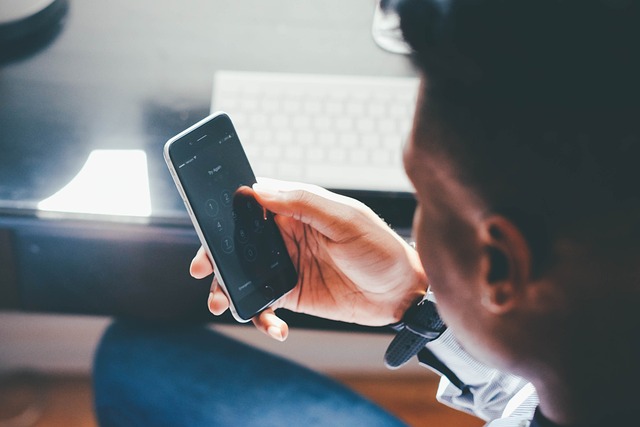This blog by Marianne Cole, Centre for Neurodiversity at Work, is a lay summary of Pontes, H.M., Satel, J., McDowall, A. (2022). Internet Addiction. In: Pontes, H.M. (eds) Behavioral Addictions. Studies in Neuroscience, Psychology and Behavioral Economics. Springer, Cham.

This chapter summarises existing research into Internet Addiction (IA) and the wide range of definitions in the literature. It considers a number of different models that researchers have used to understand more about IA and its related disorders. The authors summarise how IA is diagnosed, treated and make recommendations for future, more reliable, research.
What is Internet Addiction?
There has been much debate around the term ‘internet addiction’ and what it means. This is important when comparing studies because each study may be working to a different definition and looking at the condition through a different interpretive lens. Some researchers think this term is too general and that we should focus more on specific online behaviours instead as people tend to become addicted to specific online activities. IA is currently not recognised as a mental health disorder and there is no agreement on terminology. However, all definitions link behavioural addiction with serious health-related changes common across addictive disorders.
The positives and negatives of internet use
There are positive and negative implications of internet use, including but not limited to:
Positives
- Improved quality of life
- Reduction in social isolation
- Potential platform for positive lifestyle choices
- Increased access to information
- Improved educational, social and psychological outcomes for students
- Mood-enhancing
Negatives
- Increase in aggression and hostility (gaming)
- Acts as a medium for addition, for example gambling, gaming, pornography
- Increases depression and anxiety
- Causes relationship difficulties
- Disrupts sleep hygiene behaviours
Models to aid understanding of Internet Addiction
This chapter compares three interpretive models (others are mentioned) which help our understanding of IA: Cognitive Behavioural, Interaction of Person- Effect-Cognition-Execution (I-PACE) and a biological model.
- Seen through a Cognitive Behavioural lens, some people may be addicted to a particular online activity (e.g., games, social media, etc.), while others (over)use the internet without specific purpose. General internet addicts may feel that the internet is the only place where they feel good about themselves, and they may seek it out because of underlying conditions such as depression and/or social anxiety. Researchers have found a strong link between procrastination and general internet addiction.
- The I-PACE model looks more widely at behaviours and ways of thinking that might influence a specific internet addiction and short-term gratification. Some people may be more likely to react too strongly, for example, personality, mood regulation, impulse control and other mental processes may all play a part.
- IA has been linked to biological changes in the brain picked up during scanning, such as reduced grey matter and dopamine. We need to be cautious about interpreting these biological links to IA because there are too many variables to firmly state the cause.
Internet Addiction and related disorders
IA is linked to a range of disorders, including Attention-Deficit/Hyperactivity Disorder (ADHD), mood/sleep disorders, and autism. Research suggests that people diagnosed with these conditions are more likely to use the internet as a coping mechanism. Again, conclusions need to be cautious because study methods differ, and it can be difficult to untangle the two-way relationship between IA and underlying conditions.
Some research has compared IA across different countries, which is useful in understanding how widely it affects different populations. But more research needs to be conducted with larger participant groups and improved study design. It is difficult to make reliable comparisons when different definitions of IA are used alongside different ways of assessing it.
Diagnosis
The chapter mentions a number of methods for assessing IA:
- Questionnaires
- Internet Addiction Test (the most popular)
- Internet Disorder Scale-Short Form
- Psychometric tests
These have been widely adopted across many countries but have been criticised for being unreliable as an assessment tool while there is no agreed standard for diagnosing IA.
Treatment
There are medical (e.g. anti-depressants) and psychological (e.g. cognitive behaviour therapy) treatments for IA with the aim of regulating rather than stopping use. More and better-designed research is needed into the effectiveness of both these treatments.
Conclusions
Researchers seem to favour clear descriptions of specific forms of IA to make clear that it has different levels of severity – as opposed to a broader and unspecific category. As long as there is ongoing disagreement over definitions, IA cannot officially be recognised as an addictive disorder. The authors are concerned that if researchers abandon this field, those with IA will suffer harmful effects both psychologically and socially, feeling that their distress is being played down. Researchers need to work with clinicians, psychologists and therapists to find evidence-based treatment for what is a vulnerable group of people.
Further Information





